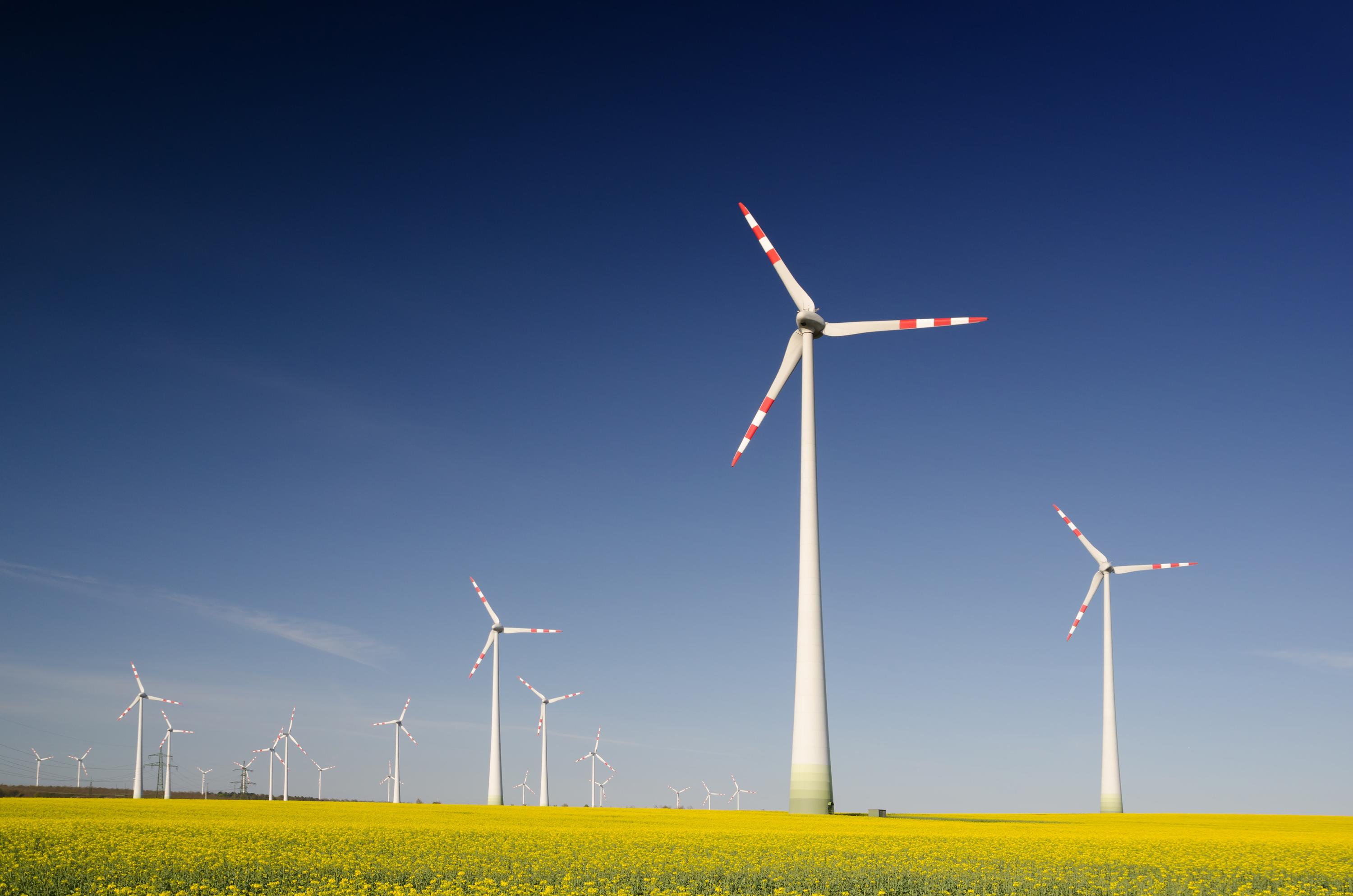SDSN Canada is pleased to announce a partnership with Dr. Mark Jaccard, professor of sustainable energy in the School of Resource and Environmental Management from Simon Fraser University, to begin the development of scenario planning towards net-zero greenhouse gas (GHG) emissions in Canada by 2050.

Dr. Jaccard’s work will simulate various policy mixes and the resulting technology and energy choices that can achieve Canada’s 2050 target. The rising stringency policies will explore different packages of carbon pricing, flexible regulations, subsidies and information programs. The GHG-reducing actions intensified by these policy packages include energy efficiency, fuel switching to zero-emission energy, reduced demand for energy services, and carbon capture and storage, both from fossil fuel use and from direct air capture. The work will probe critical uncertainties, such as the GHG-reducing effectiveness of policies and the cost of wholesale decarbonization, which in turn depends on rates of innovation and adoption. The modeling team will use a mix of micro-economic (CIMS) and macroeconomic (GEEM) models, and possibly the hybrid model of Navius Research (gTech).
SDSN Canada will work with SDSN member institutions to build on Dr. Jaccard’s work, with the aim of developing additional net-zero scenarios for consideration that explore other dimensions of GHG emissions reduction in Canada.
As a whole, this work will contribute towards a deepening of understanding on the specific mechanisms by which Canada needs to take action to achieve net-zero emissions. Policies and technologies are essential, but other considerations will be included, such as behavioural change, reformed management of agriculture, forestry and waste, and the effects on overall economic output and the economic health of various regions depending on the types of policies applied to ensure an acceptable transition to a decarbonized Canada.